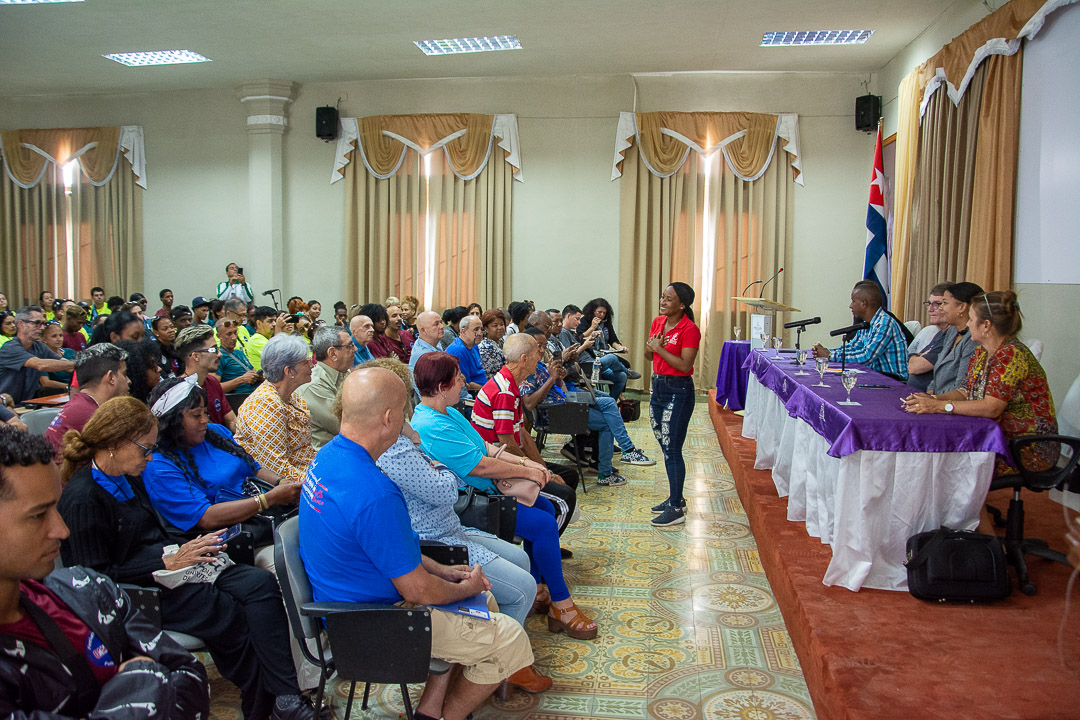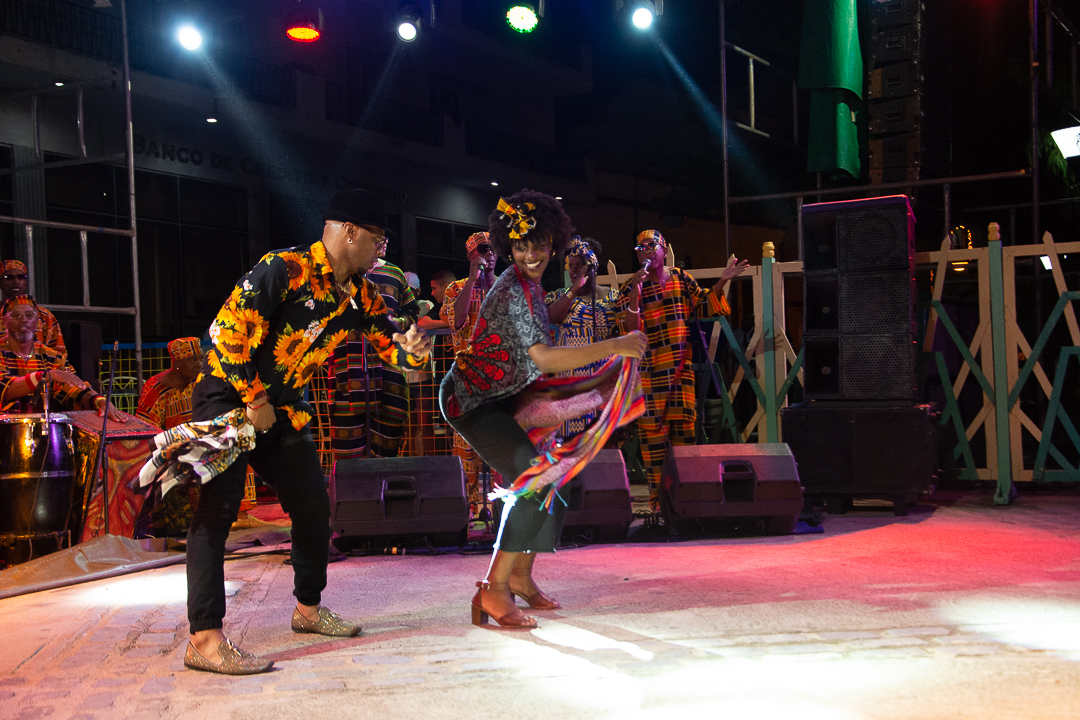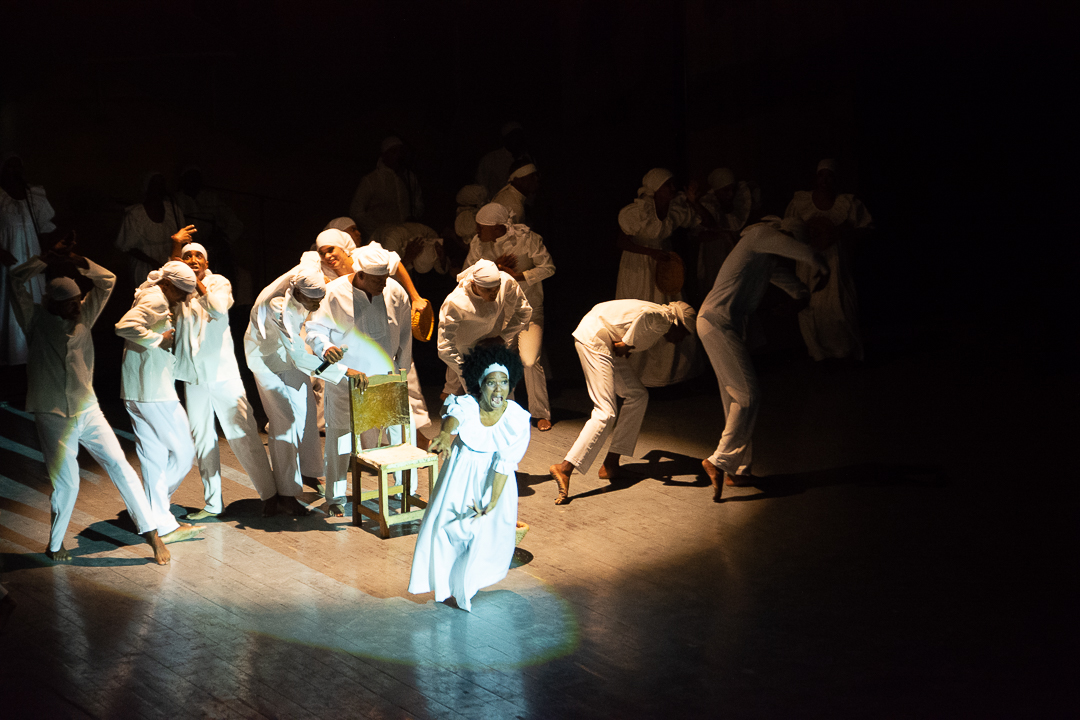CAMAGÜEY.- The international Camagua Folk Dance festival draws from Camagüey a different map for dance, research and thinking around ancestral practices that define the faces of local identities and sustain cultural resistance.
Although in previous editions it has provided a privileged space to Cuban academics and professionals, this year it added the voices of Colombian researchers Astergio Pinto and José Luis Tahua, who from their Wayuu and Quechua sediments, the respective original communities from which they come, call to the search for one's own knowledge against the current of the aesthetics of dispossession imposed by Eurocentrism.

In this theoretical exchange at the Santa Cecilia Convention Center, two problems were raised from the open questions regarding the symbolic, technical and historical meaning. One starts from Mr. Tahua's statement: “We are indebted to an epistemological exercise for the nomenclatures of our dance. We have to think about it.”
The other problem goes to the teaching processes. The integrality of the dances is urgently needed to forge the Cuban dancer without the current segmentation into classical, folkloric or contemporary. “We have to fight so that the dancers have a deep training, because when the mind is clean the heart receives everything it needs,” he insisted. Santiago Alfonso, National Dance Award 2015.

On Sunday the mega-event will culminate with the awarding of its contests and that greater embrace after days of intense hustle and bustle with body languages and with the certainty of identifying dance as a field of knowledge for social transformation.
The Camagua Festival, founded by Fernando Medrano Vireya and his folkloric company in December 2020, officially opened this year on the 14th, but had a preamble on the 10th with an exhibition of Gray portraits with black stitching by Ileana Sánchez and Joel Jover, in the Fidelio Ponce de León gallery. In addition, presentations on the 12th and 13th at the Avellaneda theater, in the Parque del Gallo and in the Plaza de los Trabajadores.
To be today the alternative for the defense of the native and the authentic, to unite the world from a city that is not the capital of the country... achieving that and more is not easy but Camagüey has Fernando Medrano, who has shown that he knows how to put in value and in movement our geography. Without a doubt, Maestro Medrado is also a good cartographer.
Translated by Linet Acuña Quilez



